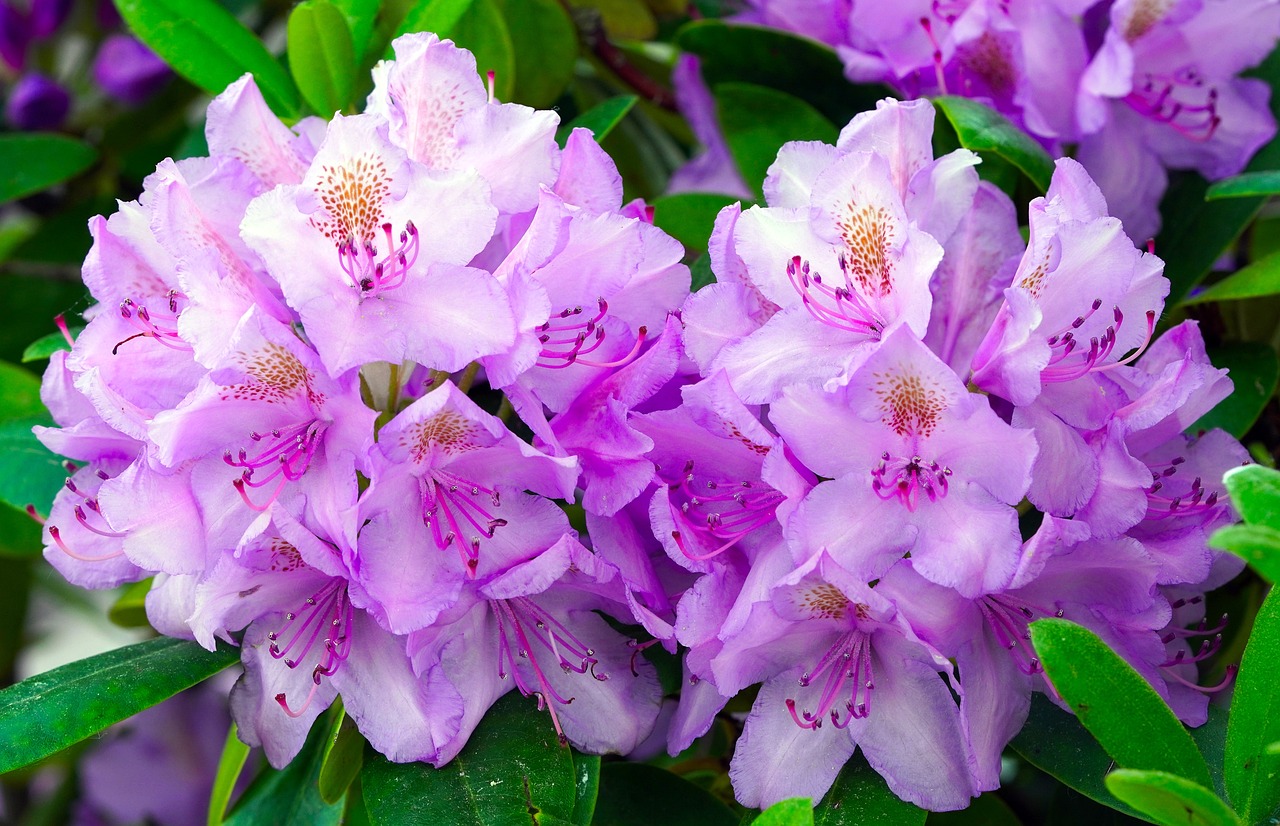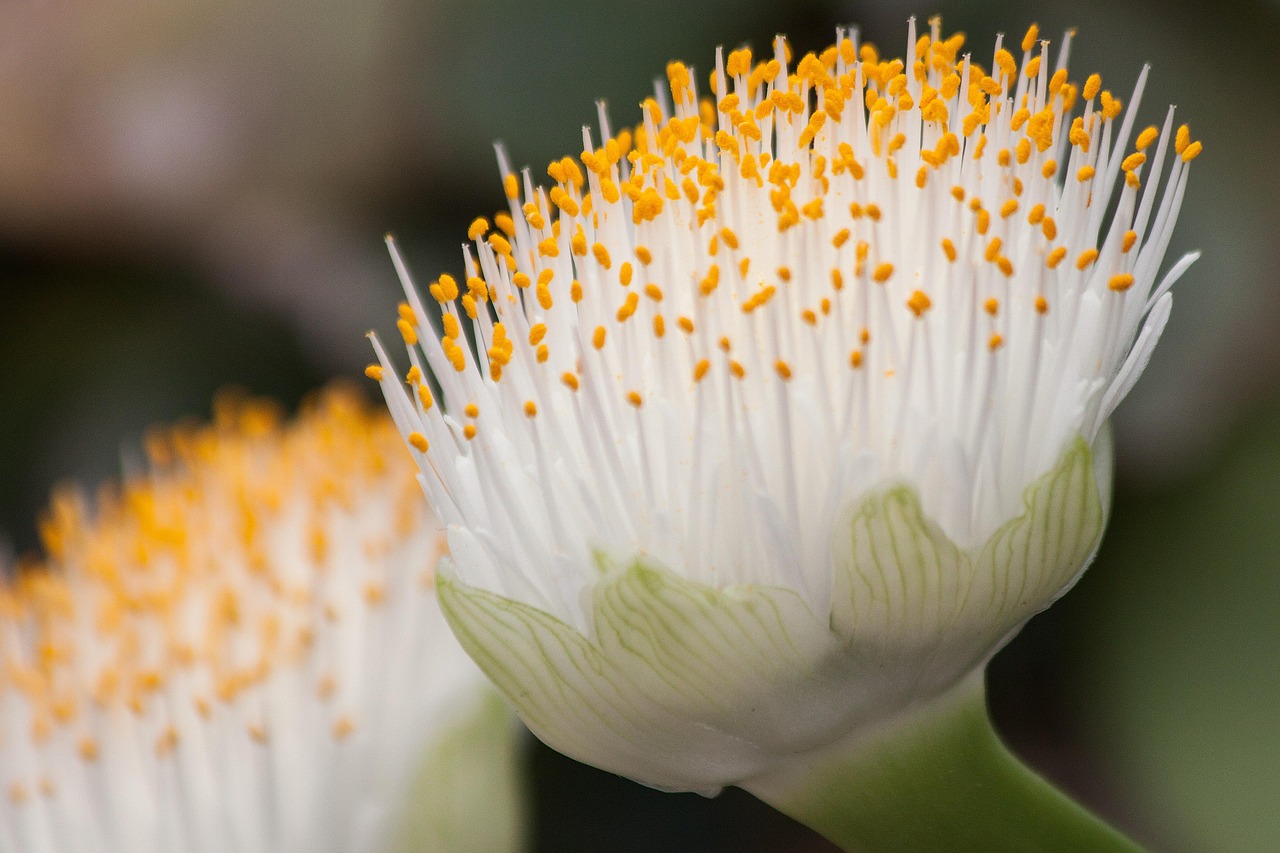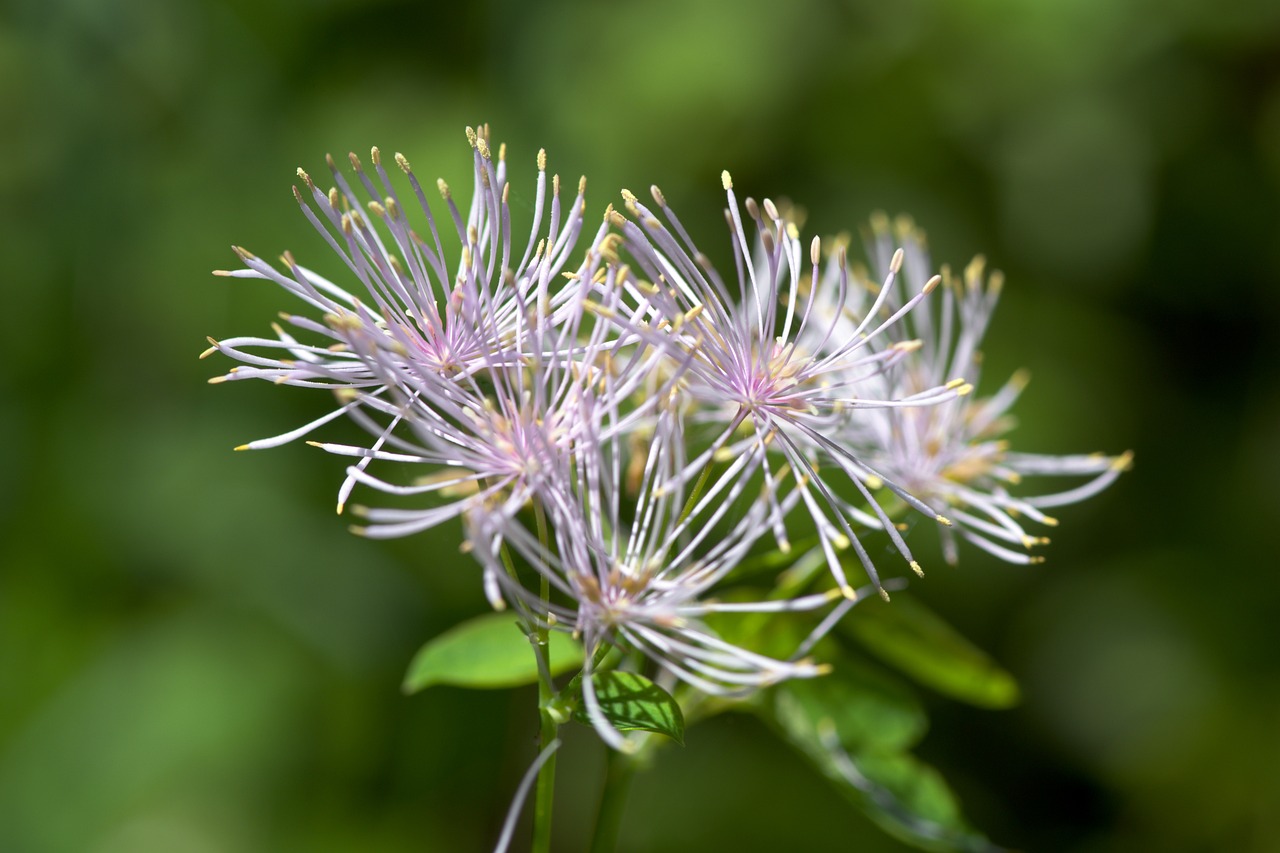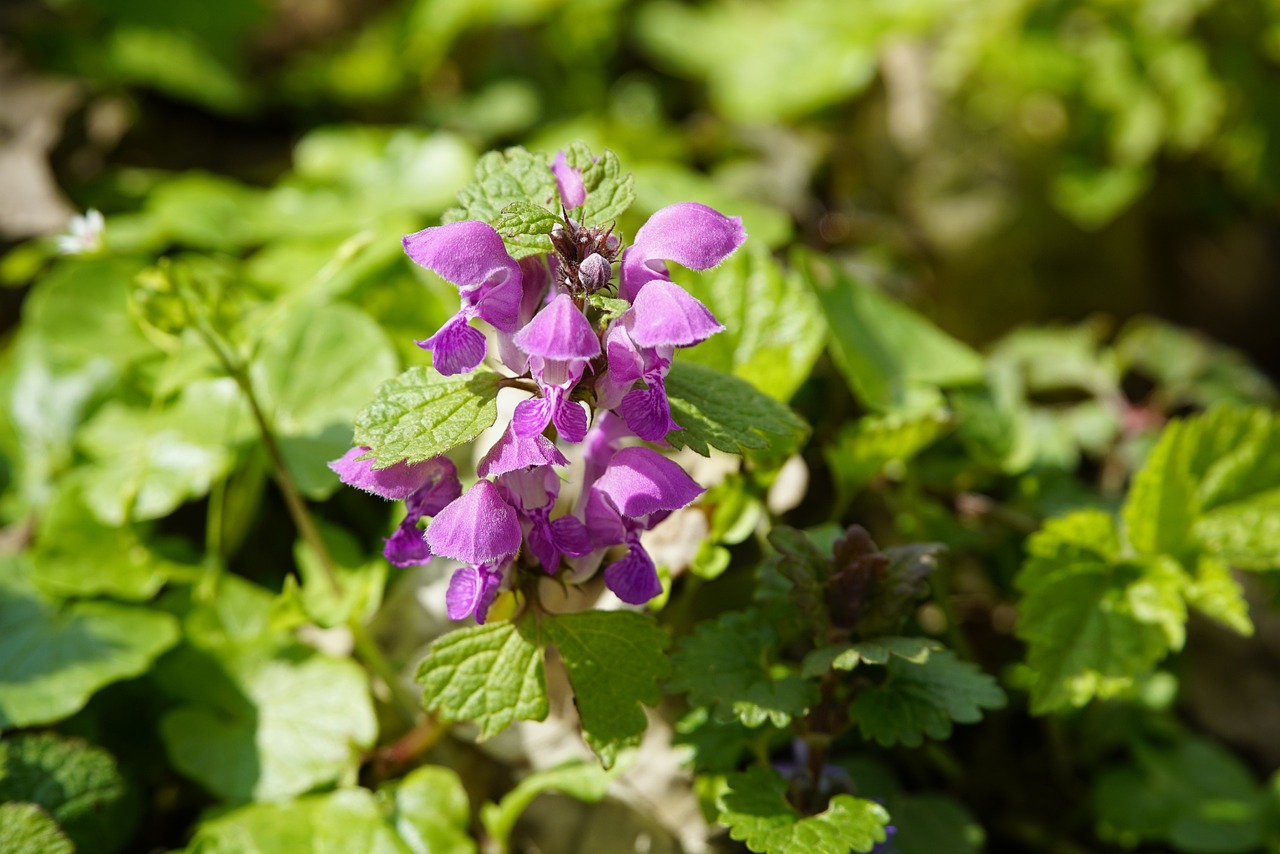Snapdragon | The Mysterious Flower that Adorned European Gardens

The snapdragon, with its unique flower shape and vibrant colors, is a popular plant used to accent gardens and potted displays. The flower, named for its resemblance to a goldfish, leaves a strong impression and has been cherished worldwide as an ornamental plant.
In this article, I will provide detailed information about snapdragons, including their basic characteristics, cultural and historical significance, and essential tips for successful cultivation.
Basic Information
- Scientific name: Antirrhinum majus
- Family: Plantaginaceae
- Origin: Mediterranean coastal regions
- Appearance: Snapdragons are annual or perennial plants growing 20–90 cm tall, with upright stems that bear their characteristic goldfish-shaped flowers. The blossoms come in a wide range of colors—red, pink, yellow, white, and orange, with some varieties displaying beautiful gradients. The leaves are generally narrow and dark green.
- Blooming season: From spring to early summer, and continuing into autumn.
Cultural Significance Around the World
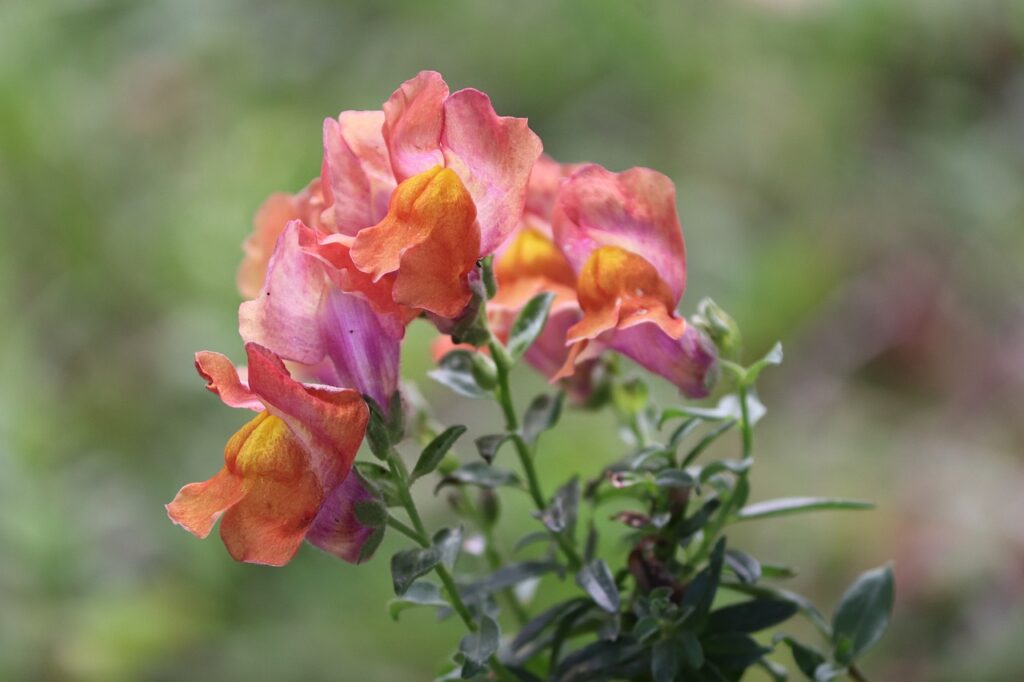
Snapdragons have been widely cultivated across Europe and are beloved in countries with rich gardening traditions.
In France and Italy, they are often referred to as “dragon flowers,” adding a dramatic flair to gardens and flowerbeds.
In Spain, they are sometimes called the “mystical flower,” symbolizing protection against evil and bringing good fortune.
In China, snapdragons are considered auspicious plants, frequently grown in pots to enhance festive occasions with their bright and lively colors.
Historical Background
The history of snapdragons dates back to ancient Greece. In Greek mythology, the flower was associated with the hero Heracles, symbolizing his victories. Because of this, the snapdragon came to be known as the “flower of victory.”
In medieval Europe, snapdragons were believed to ward off evil spirits, and people commonly planted them near doorways and windows. This custom influenced later traditions, and snapdragons are still valued in gardens today for similar reasons.
By the 19th century, during the Victorian era in Britain, breeders developed new varieties with diverse colors and shapes. Snapdragons became widely popular as ornamental plants, and, with their symbolic meanings of “chatter” and “fascination,” they were often exchanged as gifts in social settings.
Gardening Advice
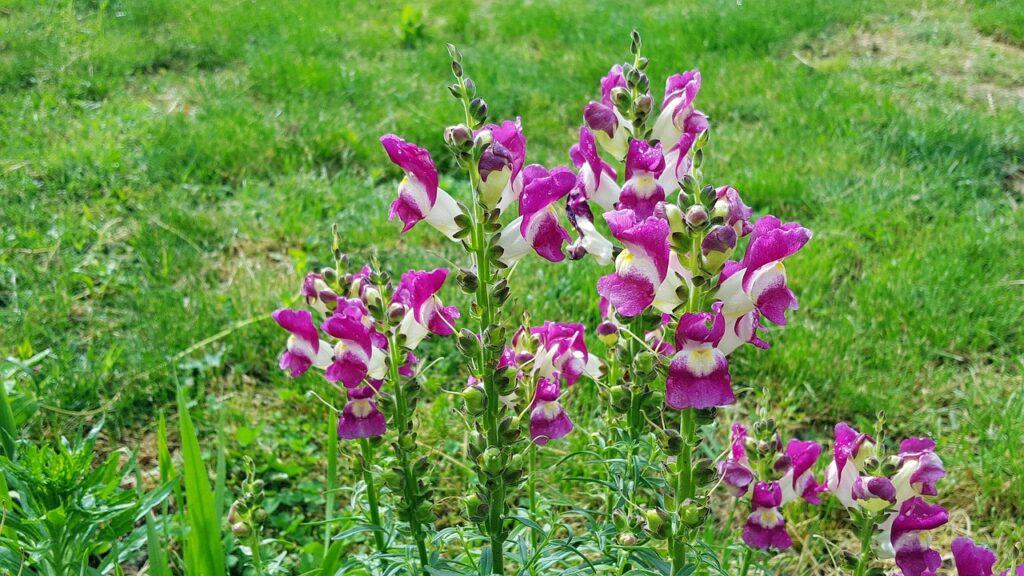
Snapdragons are relatively easy to grow, making them a good choice even for beginners. Below are the key points for cultivation:
Sunlight
They thrive in sunny locations, though they should be shielded from the intense summer sun by choosing bright partial shade.
Watering
Water when the surface soil becomes dry. Avoid overwatering and ensure good drainage. Take care not to wet the flowers or leaves directly.
Soil
Well-drained sandy soil is ideal, preferably slightly acidic to neutral. Commercial potting soil works well.
Fertilizer
Apply diluted liquid fertilizer once or twice a month during the growing season. Avoid over-fertilizing, which can be counterproductive.
Pruning
Remove withered flowers promptly to encourage new blooms. Light pruning after the flowering season can promote another round of blossoms.
Overwintering
Often grown as annuals, but hardy varieties can be overwintered as perennials with mulching or protective coverings.
Conclusion
The snapdragon is a plant that brings brightness and elegance to gardens and flowerbeds with its unique shape and vivid colors.
I encourage you to welcome snapdragons into your daily life, enjoy their charm, and make the most of their enchanting presence.

